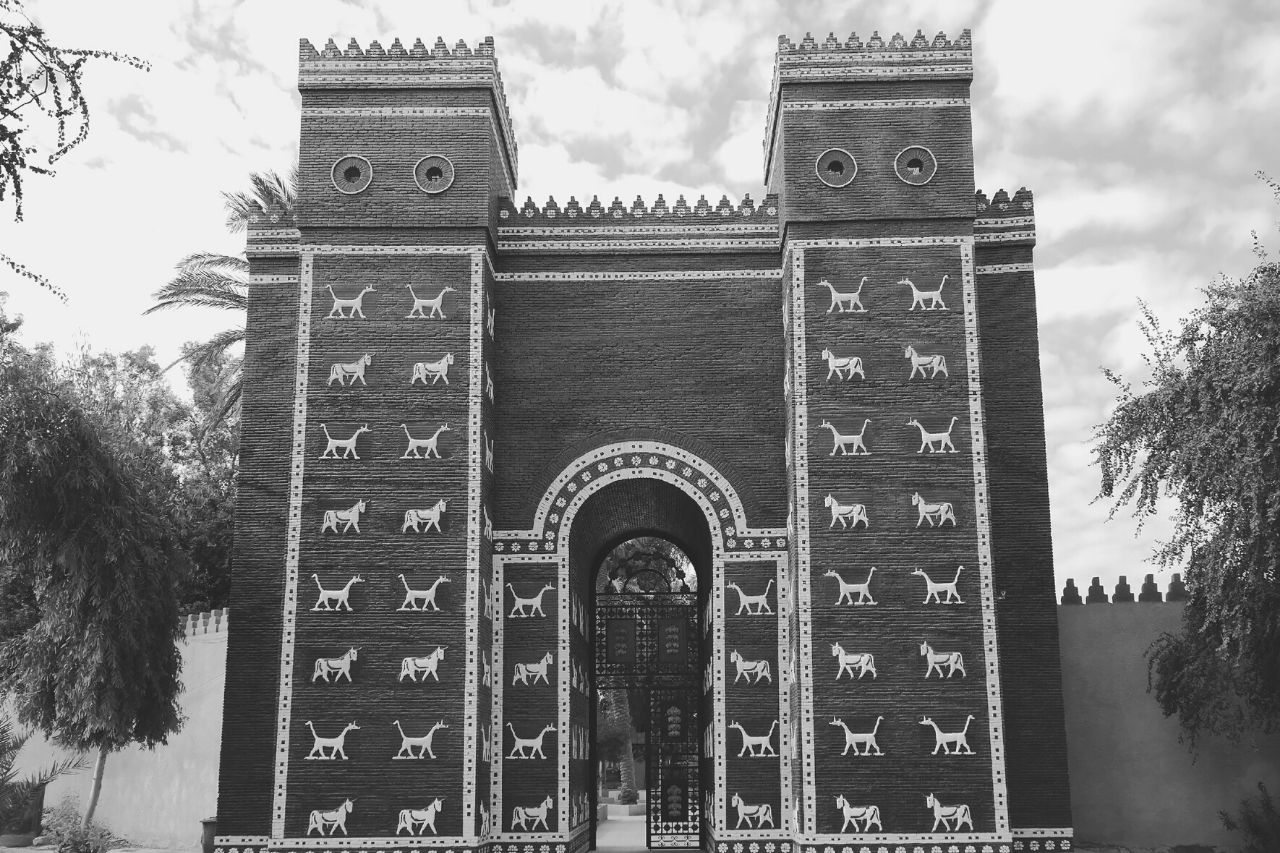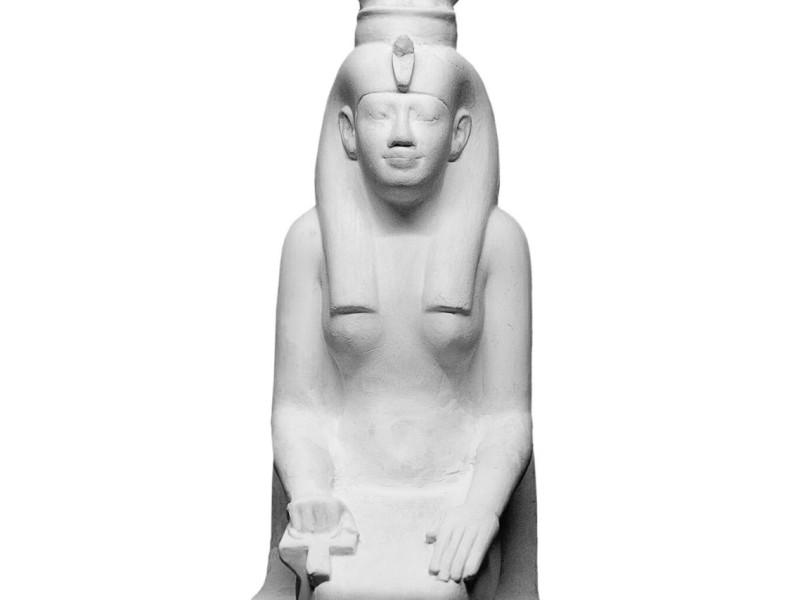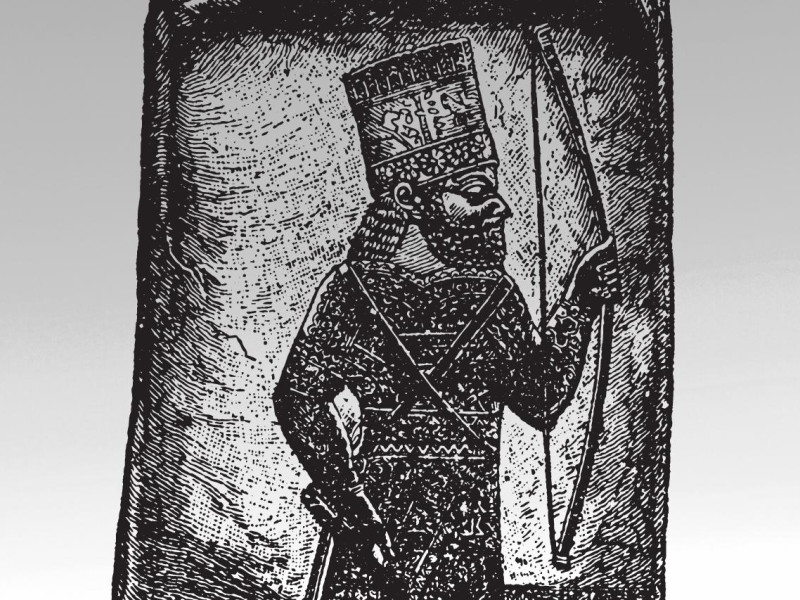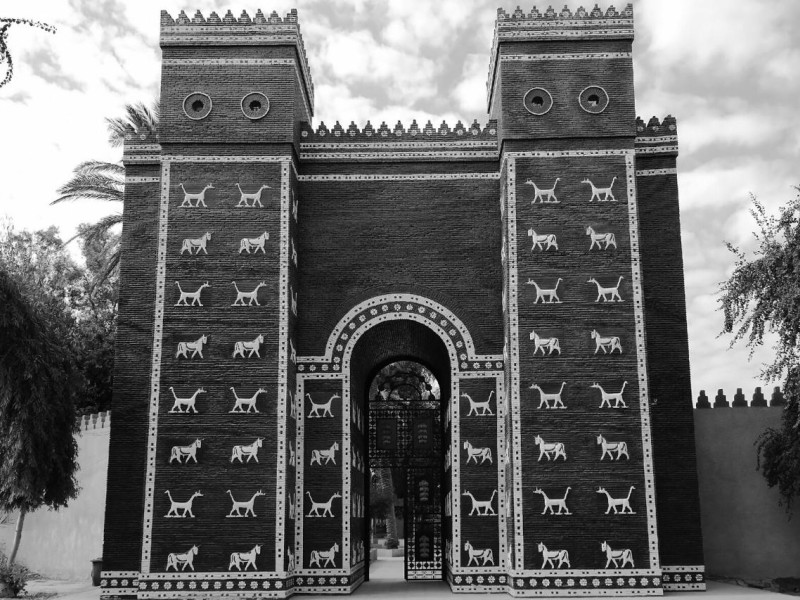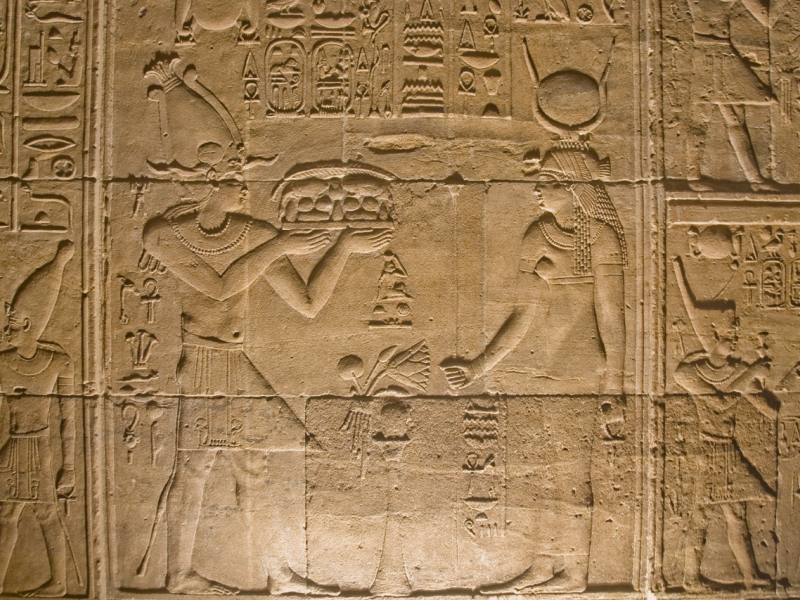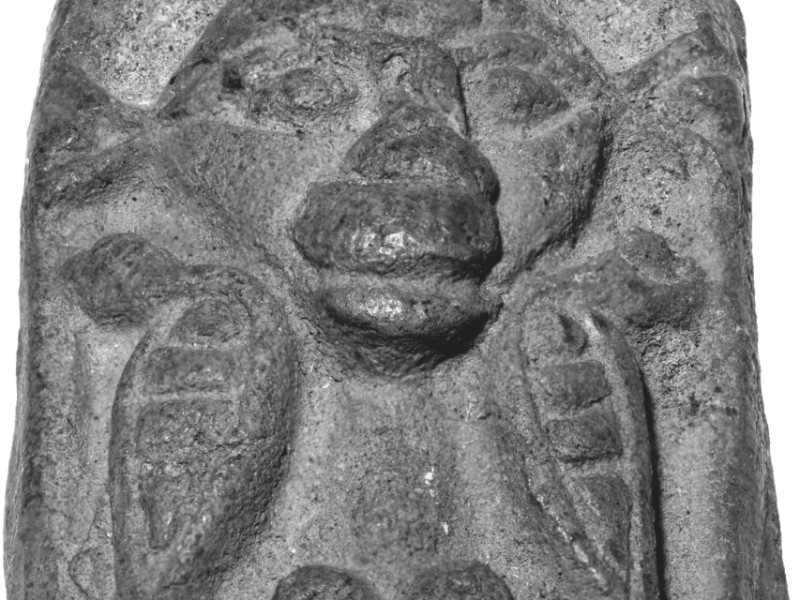Meet Dumuzid: The Ancient Mesopotamian God Who Died and Resurrected
Dumuzid, the god of shepherds and the husband of Inanna, was worshiped by the Sumerians, Akkadians, Babylonians and Assyrians thousands of years before the first books of the Hebrew Bible were written. Dumuzid was known under various names and his cult survived well into the Christian era due to his popularity among the region’s pastoral population.
Dumuzid’s story is long and complex and spans several millennia. In this article, we will attempt to untangle the complex mystery of Dumuzid’s role in the mythology of the peoples of the ancient Near East.
Who Is Dumuzid?
Dumuzid is one of the many gods in the Mesopotamian pantheon. He became known as the patron of herdsmen and the husband of Inanna, the Queen of Heaven, the most important goddess of Babylon and Assyria. In his most relevant aspect, he was worshipped as a god of fertility, commonly linked with masculine strength and vigor.
Inanna Chooses a Shepherd Over a Farmer
Dumuzid appears in an ancient Sumerian poem as a shepherd who courts the goddess Inanna. He is not her only suitor, however. A farmer named Enkimdu competes with him for her favor but the goddess ultimately chooses Dumuzid.
Their subsequent marriage and love remained a popular topic of love poems in ancient Mesopotamia. Many of these had an erotic component, as they frequently describe the consummation of their marriage.
Dumuzid Was Known by a Variety of Names Throughout the Ancient Near East
The Sumerian name Dumuzid is possibly a transliteration of the ancient Babylonian Du’uzu. In Babylonia and Assyria, he was known as Dumuzi. In Hebrew and Arabic, the name Tammuz prevailed. His name can be translated as “the good young one,” reflecting his role as the god of shepherds and fertility.
Dumuzi the Shepherd seems to have been his official title attested in some ancient texts. Much later, he came to be associated with the Helleno-Syrian Adonis, worshipped throughout the Hellenistic world.
Was Dumuzid a Mortal Who Became Divine Through His Love of Inanna?
The discovery of a Sumerian king list mentioning two monarchs named Dumuzi prompted scholars to suggest an intriguing possibility that Dumuzid could have been a mortal man who attained divinity through his relationship with Inanna.
The two rulers mentioned in the Sumerian king list are Dumuzid of Bad-Tibira, the shepherd and the fifth King before the flood, and Dumuzid of Kua, the fisherman.
Inanna and Dumuzid: A Turbulent Relationship
Based on what we know from ancient texts, Inanna and Dumuzid had a complex, often turbulent relationship that may have been an allegory for the equally complicated marital relationships between mortals.
Inanna, Mesopotamia’s Most Beloved Goddess
In Sumerian myths, Inanna appears as the goddess of sexual love, war and justice. She may have been the daughter of Ea/Enki, a water deity. Although she had temples in many Sumerian cities, her main cultic center was in Uruk.
By the Old-Babylonian period, Inanna became synonymous with Ishtar, previously an independent deity. In Caananite mythology, Ishtar/Inanna was known as Astarte. Her cult gained widespread prominence but was strongest in Babylon. Along with Marduk, Tammuz and Ishtar were the main deities of the Neo-Babylonian Empire.
What Are the Symbols of Inanna and Tammuz?
The symbol most commonly associated with Inanna was the eight-pointed star. On ancient relics, it is often shown alongside the solar disk, the symbol of her brother Shamash. The eight-pointed star was a clear association with the heavens, and specifically the planet Venus.
In Babylon, Ishtar was also associated with lions. The main gate of Babylon, Ishtar’s Gate, was richly decorated with glazed blue bricks, depicting lions as a symbol of power and authority.
In contrast to the all-present symbols of Ishtar’s power, the symbol of Tammuz is harder to find. Because he symbolized fertility, Tammuz was often represented as a mass of vegetables and a variety of other foods.
Inanna’s Descent into the Underworld and the Death of Dumuzid
The text found on Sumerian and Akkadian tablets tells the story of Inanna’s descent into the underworld, ruled by her sister Ereshkigal. Her motives for the dangerous descent remain unclear. She spurns her sister’s warning to return to the world of the living and passes the seven gates but must leave her garments behind.
Having thus been rendered defenseless, the fearless Inanna enters the underworld and sits on her sister’s throne. For her transgression, the Anunnaki of the underworld turned her into a lifeless corpse, but she was eventually brought back to life through the intervention of Enki.
Dumuzid Is Delivered Into the Hands of Demons
Inanna found herself unable to escape the underworld, bound to remain there until another spirit took her place. Pursued by demons sent by her sister, Inanna scours the world in search of someone to take her place in the underworld.
She proves unwilling to choose among her friends and servants who still mourn for her but is enraged when she discovers Dumuzid sitting on her throne, richly dressed and in the company of numerous slave girls. To punish him for his infidelity, she delivers him to a horde of demons who drag him down to the underworld.
Inanna’s Husband Is Allowed To Return to Life
Although there exist different versions of the myth, most of them agree that Inanna’s descent into the underworld resulted in the death of her husband. In time, she regrets her actions and begs her sister Ereshkigal to allow him to come back to life once every year.
The myth involving a descent to the underworld and subsequent resurrection of both Inanna and Dumuzid had left a lasting impact on ancient Near Eastern religion.
References to Tammuz Can Be Found in the Bible
Direct evidence of the widespread worship of Tammuz in the ancient Near East can be found in the Bible. Ezekiel 8:14 mentions how the death of Tammuz was lamented even at Hebrew temples:
“Then he brought me to the door of the gate of the Lord’s house which was toward the north; and, behold, there sat women weeping for Tammuz. Then said he unto me, ‘Hast thou seen this, O son of man? Turn thee yet again, and thou shalt see greater abominations than these.’”
Further allusions to Tammuz and his consort, Ishtar, are encountered in various other books of the Bible. Tammuz in the Bible is always implied to be an idol, or a demon, whose worship is to be detested.
The Cult of Tammuz During Classical Antiquity
The Mesopotamian civilization is widely considered to have ended with the Persian conquest of Babylon in 539 BC. It did not mean the end of the Mesopotamian religion, however. The cults of old Sumerian and Babylonian deities continued to be practiced across the Near East.
Ishtar thus came to be identified as the Canaanite goddess Astarte. She had equivalents in the Greco-Roman pantheon — Athena and Aphrodite and Venus and Minerva, respectively. Similarly, Tammuz Babylonian god of fertility may have been an inspiration for Adonis, the lover of Aphrodite.
Athena and Adonis: The Hellenistic Equivalents of Ishtar and Tammuz
As a result of Alexander the Great’s conquest of the Persian Empire in the 4th century BC, most of the ancient Near East was carved by his generals, called the Diadochi. They established independent Hellenistic states from Egypt to modern Afghanistan.
The fusion of Hellenism with much older Mesopotamian and Levantine religions ushered in a new era of religious syncretism. The Greek myth of Aphrodite and her mortal lover, Adonis, which is thought to have come from a poem of the famous poet Sappho of Lesbos, bears a striking resemblance with the story of Ishtar and Tammuz.
The Rise of Christianity and the Decline of Polytheism in the Near East
Christianity replaced polytheism as the dominant religion of the Near East already by the mid-to-late 3rd century AD. The cult of Ishtar and Tammuz showed incredible resilience, even during the period when the cults of other ancient gods were disappearing.
Elements of the cult were woven into Christian myths and tales which borrowed from earlier pagan traditions. The death of Tammuz was commemorated in rituals and festivals in parts of Upper Mesopotamia until the modern era. The month of July in Iraqi Arabic is Tammuz.
The Impact of Mesopotamian Myth on Christian Beliefs
Beginning in the 19th century, historians, religious scholars, and anthropologists noted a connection between the myth of Tammuz’s death and resurrection and the resurrection of Jesus.
The Scottish anthropologist James George coined the term “dying-and-rising god” to describe an archetype found in many religions across the world. The American student of religion Paul Carus wrote:
“The ancient Tammuz is one of the most important prototypes of Christ. He is a god-man, an incarnation of the deity who is born as a human being, dies in the course of time, and wakes to life again.”
Resurrection, a Common Religious Motif, or a Miracle?
The concept of redemption of man through the resurrection of a divine figure remains one of the trademarks of Christianity. Like Jesus, Tammuz dies and is subsequently resurrected.
Parallels can be drawn with the other ancient deities believed to have triumphed over death, such as Osiris, Adonis, Attis, and Dionysus. Alternatively, it can be seen as evidence of the incredible tenacity of human belief in eternal life.
Conclusion
Tammuz god was worshipped across the ancient Near East. He had originated as a Sumerian deity, the husband of Inanna, the goddess of sex and fertility, later known as Ishtar. Sumerian and Babylonian myths claim Tammuz descended into the underworld, died, and was brought back to life. Tammuz and Ishtar were among the most beloved gods of ancient Mesopotamia. Here’s why:
As a divine couple, they were associated with fertility and the renewal of life. Their turbulent relationship also made them relatable to common people.
Tammuz/Dumuzid was the god of shepherds, popular with the pastoral peoples of Upper Mesopotamia and rugged regions of the Levant.
Their cult survived into the modern era and was woven into Christian myths and tales.
The myth of Tammuz’s death and resurrection marked an important stage in the development of religious beliefs of the ancient Near East that so decisively shaped the modern world.

